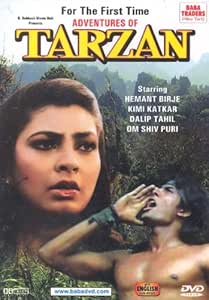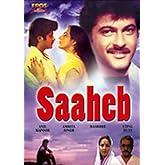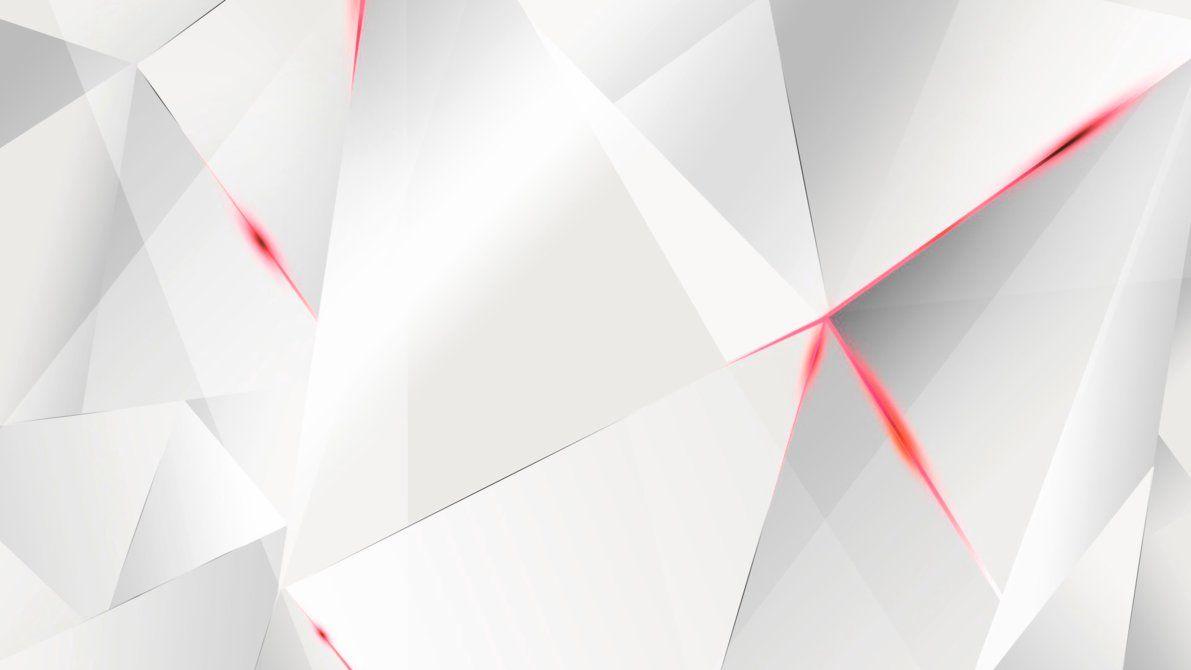Bollywood, India’s vibrant film industry, is renowned not only for its captivating storytelling but also for its striking visual aesthetics. One of the critical elements of this aesthetic is movie posters, which serve as the first point of engagement between a film and its audience. Analyzing these posters reveals much about the culture, creativity, and marketing strategies in play. By decoding the colors, imagery, and overall design, we can gain insights into the cultural narratives and artistic expressions that define Bollywood.
The Significance of Color in Bollywood Posters
Color plays a pivotal role in visual communication, and in Bollywood movie posters, each hue carries specific meanings, resonating with cultural sentiments and emotional undertones. Understanding these colors can help decode the themes and moods of the films.
- Red: Often symbolizes love, passion, and sometimes danger. It is frequently used in romantic films or thrillers. For instance, the poster for “Kabir Singh” prominently features red, aligning with its themes of intense love and heartbreak.
- Blue: Represents tranquility, trust, and sometimes sadness. Films like “Chhichhore,” which explores themes of friendship and loss, utilize blue hues in their promotional materials.
- Yellow: A color of joy and optimism, yellow often appears in family films and comedies. The poster of “Golmaal Again” effectively uses bright yellow to convey humor and light-heartedness.
- Green: Symbolizes growth, nature, and life. It is often seen in films that focus on environmental themes or personal growth, such as “Tumbbad.”
Design Elements: Imagery and Typography

The visual design of Bollywood posters goes beyond color; it incorporates various elements that reflect the film’s genre and target audience.
- Imagery: The imagery used in a poster often encapsulates the film’s essence. For example, “Dangal” features the lead characters in a wrestling pose, immediately signaling the film’s sports-centric narrative.
- Typography: The choice of fonts can also convey messages. Bold and dramatic fonts are typically used for action films, while softer, cursive fonts are common in romantic dramas.
- Composition: The arrangement of elements in a poster can indicate the hierarchy of characters, with the lead actors often placed prominently. This is evident in the poster for “Padmaavat,” where Deepika Padukone’s character is the focal point, evoking intrigue and grandeur.
Case Studies: Notable Bollywood Posters

To illustrate the concepts discussed, let’s delve into a few notable Bollywood posters that exemplify the effective use of color, imagery, and design.
“Gully Boy”

“Gully Boy,” inspired by the lives of street rappers in Mumbai, showcases a striking poster that is rich in color and symbolism. The use of bright colors reflects the vibrancy of Mumbai’s street culture, while the graffiti art style emphasizes the film’s urban roots. The poster features the lead character, played by Ranveer Singh, with a determined expression, symbolizing resilience and ambition. The typography is bold, resonating with the musical themes central to the story.
“Kabir Singh”

The poster for “Kabir Singh” is predominantly red, evoking passion and emotion. The lead character is portrayed with a rugged look, hinting at the film’s themes of heartbreak and self-destruction. The stark contrast of the red background with the white typography emphasizes the intensity of the narrative, making it memorable and impactful.
“Barfi!”

“Barfi!” features a whimsical poster that uses a pastel color palette, setting a light-hearted tone. The use of soft pinks and blues suggests romance and nostalgia, which are central themes in the film. The poster’s playful design, featuring the lead characters in a playful pose, captures the film’s essence of love and joy, inviting viewers to experience its charm.
The Influence of Cultural Narratives
Bollywood posters are deeply embedded in Indian culture, drawing from local traditions, folklore, and societal values. They often reflect the changing dynamics within Indian society, addressing themes like gender roles, family values, and social issues.
- Gender Representation: Many posters portray gender roles traditionally, with male protagonists often depicted as heroes, while female characters are shown in supportive roles. However, recent trends show a shift towards more balanced representations, as seen in films like “Queen” and “Raazi,” where female leads are prominently featured.
- Cultural References: Posters often incorporate elements of Indian culture, such as traditional attire, festivals, and folklore. For example, the poster for “Bajirao Mastani” reflects the grandeur of historical India, using ornate designs and rich colors to draw viewers into its epic narrative.
Statistics and Trends in Poster Design
The evolution of Bollywood posters can also be quantified through various statistics and industry trends. A study conducted by the Indian Film Industry revealed the following:
- Over 70% of successful films utilize vibrant color schemes in their posters, which correlate with higher audience interest.
- Posters featuring prominent lead actors have a 50% higher chance of attracting attention, underscoring the importance of star power in marketing.
- Digital posters, which allow for more creativity and dynamic designs, have gained popularity, accounting for over 60% of promotional material in recent years.
The Future of Bollywood Posters

As the film industry evolves, so too does the design and marketing of movie posters. With the rise of digital media and social platforms, Bollywood posters are adapting to new trends:
- Interactivity: Future posters may incorporate augmented reality features, allowing audiences to engage with the film in innovative ways.
- Social Media Influence: Platforms like Instagram and Twitter are shaping poster designs to cater to younger audiences who favor visually appealing content.
- Globalization: As Bollywood gains international recognition, posters are increasingly tailored to appeal to global audiences, blending traditional Indian aesthetics with contemporary global design trends.
In conclusion, Bollywood movie posters are a fascinating intersection of color culture, creativity, and marketing strategies. By decoding the colors, imagery, and design elements, we can uncover insights into the cultural narratives that shape Indian cinema. The evolution of these posters reflects broader societal changes, and as technology advances, the future promises even more innovative and engaging designs. Understanding the artistry behind these posters not only enhances our appreciation of Bollywood films but also enriches our understanding of the cultural landscape of India.




